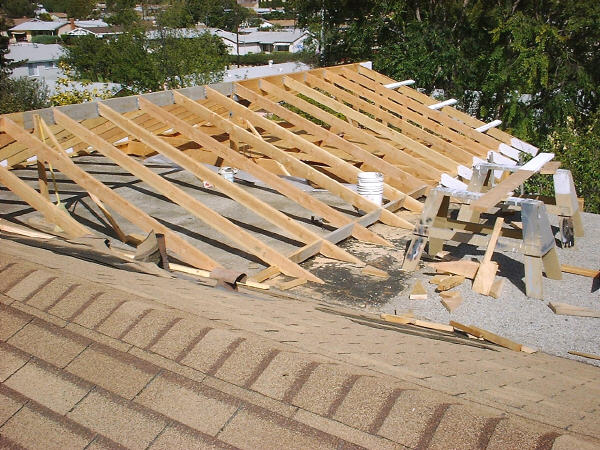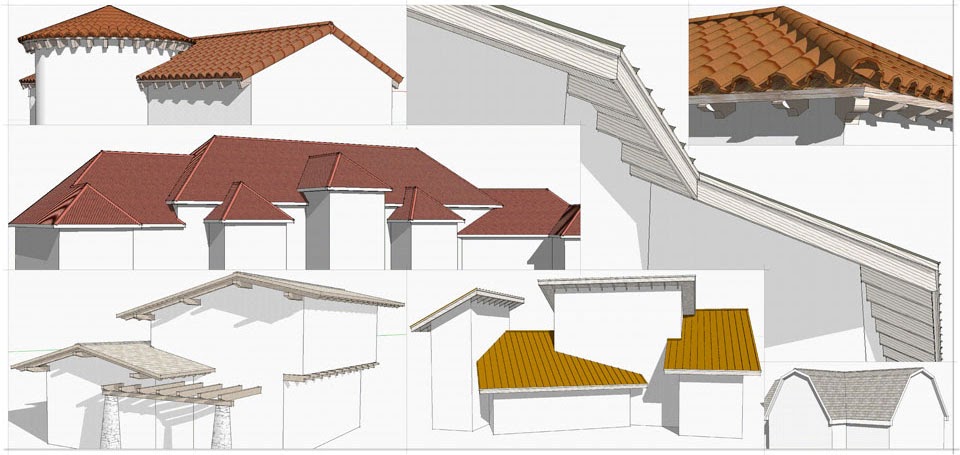
You can also design the interior of your house. Step 6Įxperiment with the different tools as you design your model. You can also use the alt key, click on one part of your model to then customize that section, making your creation look unique and more like your drawing. In the Edit tab, you can further customize colours and textures by adjusting their tone, colour, pattern size, and opacity. In the drop-down menu you can also choose different materials, such as Wood, Metal, or Stone, etc. This opens the Materials dialogue with the variety of colour options. Use the paint bucket tool in the Getting Started toolbar to add colour.
#Sketchup house addition roof windows#
In the Extension Warehouse under the Windows tab, are a number of different materials and objects. While we won’t be creating a rendered 3D model for this course, SketchUp has powerful tools and capabilities. Now it is time to build the rest of our model referring to our reference drawing. With the line in the middle on your base, create both sides of the roof by connecting the middle to the edge of the base. Step 3Įvery house needs a roof, so let’s make one! To build a symmetrical triangular roof, find the midpoint of your base, by using the line tool and moving your mouse along the top of the wall until a small blue dot appears (indicating the centre point), and then click and drag upwards. Select the side you wish to raise or flatten, and drag your mouse up or down. Once you have created your floor, we will add dimension to it using the Push/Pull tool. If you make a mistake, or something happens that you didn’t expect, use Ctrl+Z to undo, or use the ESC key to stop drawing a line or making a selection. As you draw, your line will turn the colour of the axis you are following this helps keep your shapes aligned and work with the perspective grid.

SketchUp has guidelines in place that force your lines to follow along the blue, red, or green axis. With the Lines tool (the pencil icon in the Getting Started toolbar) draw lines by left clicking and dragging across the screen. Step 2īuild the base for your house! Create a floor plan to your liking.

Move around by middle clicking and dragging the mouse, or by clicking the circled arrows on your toolbar and using the hand tool. There are also three perspective reference lines called Blue, Red, and Green axis to represent the X, Y, and Z axes. For this module we will only be using the Material dropdown. On the right side is the Default Tray with multiple editor and builder windows.


Below is the default toolbar, Getting Started, which we will use the most. Along the top of the screen are the standard File and Help tools. For this activity we will focus on the basic modeling tools. With SketchUp you can build to scale, and/or use SketchUp’s capabilities to measure dimensions for you. This can be helpful for users just starting out in SketchUp. Under the Window menu click Instructor which brings up a helpful window that shows an animation and information about whatever tool you have selected. Some users keep Stacy in their model to show the size of their model compared to the height of a human. When SketchUp opens, there are menu windows and a blank world with a character named Stacy. Let’s start by exploring SketchUp’s interface. We will create a 3D model from our 2D drawing.


 0 kommentar(er)
0 kommentar(er)
